 Palace of Fontainebleau, France
Palace of Fontainebleau, FranceSource: https://commons.wikimedia.org/wiki/File:Chateau_Fontainebleau.jpg
Author: Carolus

The Palace and Park of Fontainebleau were the medieval royal hunting lodges of French kings from the 12th to the 16th centuries. It is located in the metropolitan area of Paris, within the Region of Île-de-France. The palace, or château, was already being used by King Louis VII, in the latter part of the 12th century. It was expanded and embellished in the 16th century by King François I into what he intended to be a "New Rome".
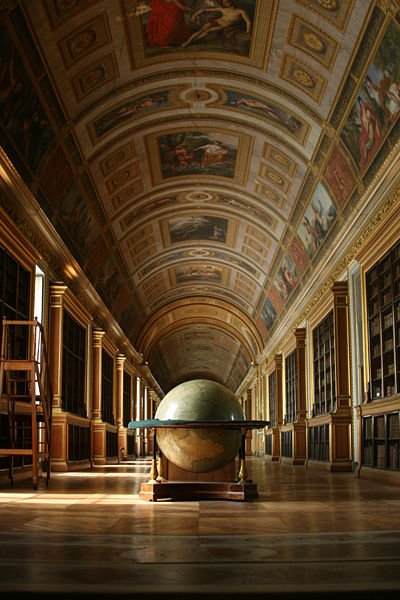 Library of the Château de Fontainebleau
Library of the Château de FontainebleauSource: https://en.wikipedia.org/wiki/File:Librairie_du_Chateau_de_Fontainebleau.jpg
Author: Sebastien Bouthillette

It was at Fontainebleau that the Renaissance was introduced to France. It also introduced the Italian Mannerist style for interior decoration and gardens, becoming known as the French Mannerist style or the Fontainebleau style. Numerous noted artists, painters and architects were invited to work on it, including Sebastiano Serlio, Rosso Fiorentino and Leonardo da Vinci.
The Palace of Fontainbleau is surrounded by a huge park. The palace itself was built in the Italianate style that fuses Renaissance with French artistic elements.
Palace and Park of Fontainebleau was inscribed as a World Heritage Site during the 5th session of the World Heritage Committee in Sydney, Australia, on 26-30 October, 1981.
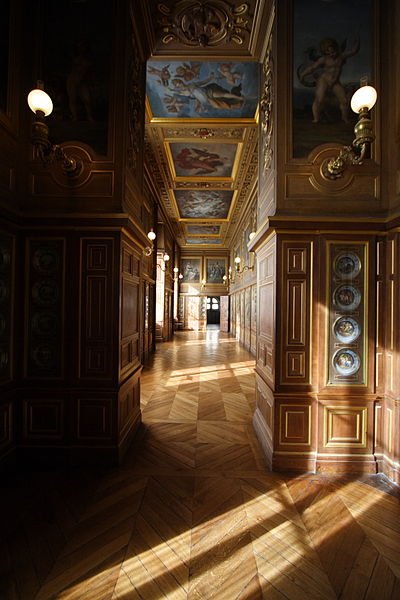 Interior of the Château de Fontainebleau
Interior of the Château de FontainebleauSource: https://commons.wikimedia.org/wiki/File:Chateau_de_Fontainebleau_FRA_004.JPG
Author: ignis

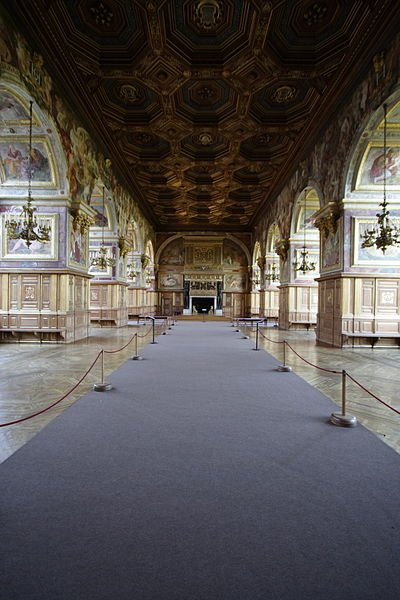 Interior of the Château de Fontainebleau
Interior of the Château de FontainebleauSource: https://commons.wikimedia.org/wiki/File:Chateau_de_Fontainebleau_FRA_015.JPG
Author: ignis

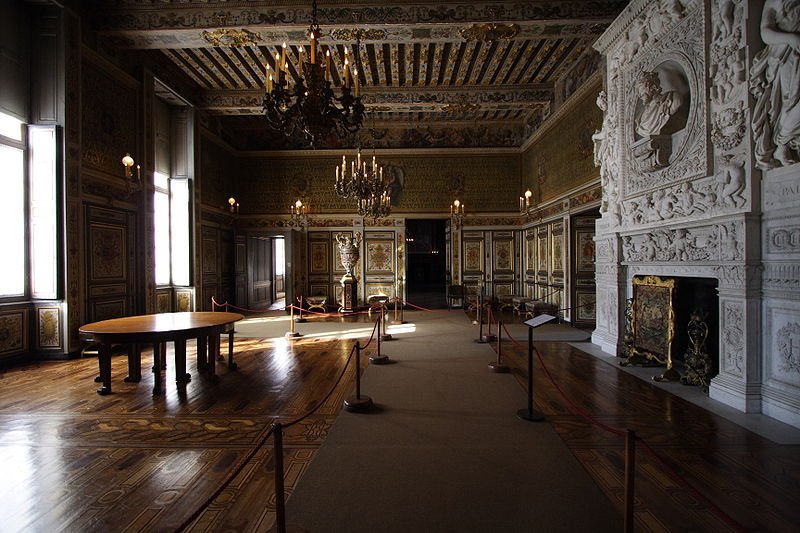 Interior of the Château de Fontainebleau
Interior of the Château de FontainebleauSource: https://commons.wikimedia.org/wiki/File:Chateau_de_Fontainebleau_FRA_011.JPG
Author: ignis

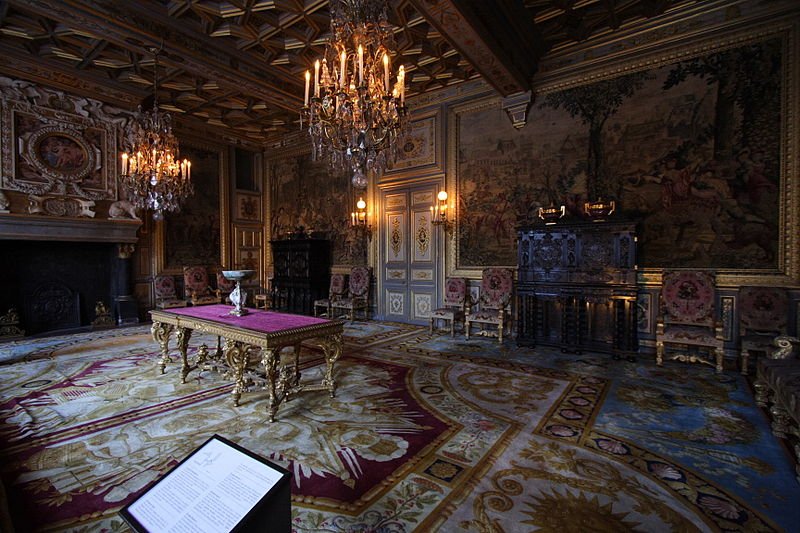 Interior of the Château de Fontainebleau
Interior of the Château de FontainebleauSource: https://commons.wikimedia.org/wiki/File:Chateau_de_Fontainebleau_FRA_022.JPG
Author: ignis

World Heritage Site Inscription Details
Location: N 48 24 7 E 2 41 53Inscription Year: 1981
Type of Site: Cultural
Inscription Criteria: II, VI
Visiting Palace and Park of Fontainebleau
You can go to Fontainebleau by train from the Gare de Lyon station. Buy your tickets to Fontainebleau Avon from the green vending machines for Billet Ile-de-France, not the SNCF vending machines. The fare is approximately €15.60. It takes 35 minutes to reach Fontainebleau.Upon arriving at the Fontainebleau Avon station, you can take the Line A bus to reach Château de Fontainebleau. The bus fare is €1.60.
Fontainebleau is a small village with one main road, called Rue Grande, which goes from the chateau to the other end of town, passing through the Napoléon Bonaparte square.
 Latest updates on Penang Travel Tips
Latest updates on Penang Travel Tips

Copyright © 2003-2025 Timothy Tye. All Rights Reserved.

 Go Back
Go Back